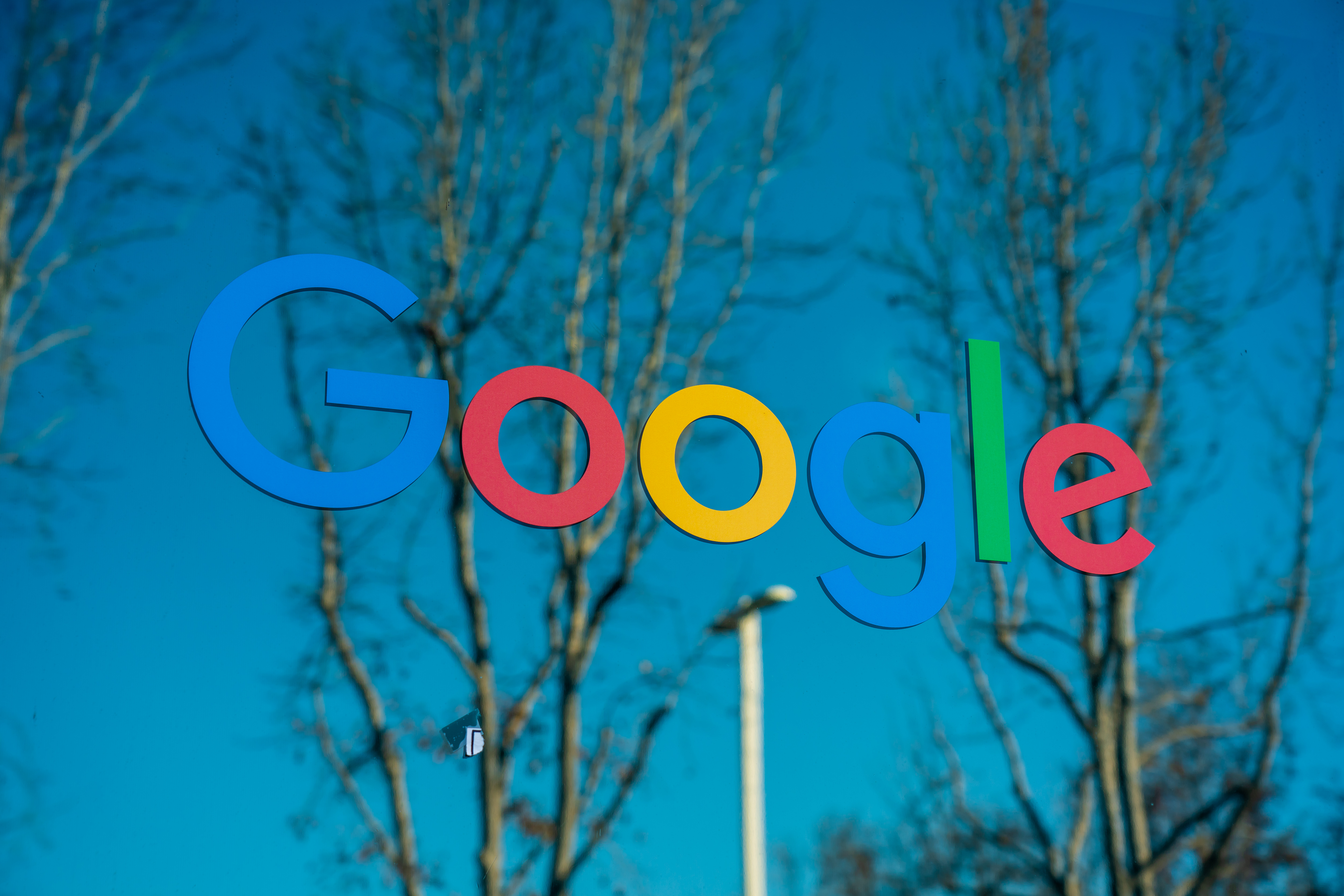Dr. Nashlie Sephus, Tech Evangelist, tells us how it’s done
The implementation of fair, responsible, and accurate AI is a top management priority for most companies, a recent report by BCG and MIT’s Sloan School has found. But only 52% of companies report having a responsible AI program in place. And of those, 79% say it’s not the kind of fully-implemented program they want.
How can a company move the needle on building a responsible AI program? For many companies, a key piece of the puzzle is education. The more you know, the better you can build.
“Our customers are committed to getting responsible AI right, just as we are,” says Dr. Nashlie Sephus, the former startup CTO and AI specialist whose current role as Tech Evangelist for AWS is, in her words, “all about education and raising awareness.” Together with a group of experts from engineering, science, product, legal, and policy backgrounds, she helped develop the Responsible Use of Machine Learning Guide to help companies responsibly develop and use machine learning (ML) systems across the three major phases of their machine learning lifecycle: design and development, deployment, and ongoing use.
If you ask her to define the responsible use of AI, Dr. Sephus will describe it as an umbrella that includes fairness and bias, explainability, privacy and security, robustness, governance, and transparency. “All of these factors can play a huge role in whether or not a technology can do good or can do harm,” she explains. And while many companies pick off one piece at a time, often starting with privacy and security, Dr. Sephus is quick to point out that fairness and transparency can be just as powerful in building customer trust as keeping their data secure.
Dr. Sephus joined AWS through the acquisition of her company Partpic, a visual recognition technology startup that allowed users to search for specific industrial parts like bolts, screws, nuts, and fasteners with the camera app on a phone, then order the correct parts from a catalog. Her expertise with AI across the data lifecycle, in addition to her lived experience as a Black woman from the South, has earned her a deep and nuanced wisdom. Her focus on fairness and bias detection is something she’s honed over years in product development.
At an internship she held before beginning her graduate work, Dr. Sephus worked on a team developing applications for car radios enabled by Bluetooth. “We would always use my voice to test it out, and it would never get the number six right because of my Southern accent.” That was one of her first clues that developing AI for everyone’s benefit can be a complicated process.
Then there was the AWS engineering team Dr. Sephus worked with to help test and audit some of AWS’s AI and ML services like Amazon Rekognition, the AI service that enables face recognition. The team took a holistic approach to building AWS services, looking out for potential bias and accuracy so as to build products that benefit everyone. The process made her feel “extremely valued as a tech developer and as a consumer, as someone who understood the intricacies of AI as well as culture.”
“Working on that project,” Dr. Sephus says, “that was when I found my purpose.”

Today, Dr. Sephus’ mission is to make it easier for AWS customers to learn about fairness and bias detection in AI and to help guide Amazon’s approach to the responsible use of ML and AI now and in the future. Because bias can creep into product development at every point of the data lifecycle, Dr. Sephus recommends applying a fairness and bias lens every step of the way. Here are four questions she suggests development teams continually ask as they build new AI-powered products:
- Is your team diverse? A diverse team will bring more perspectives to the table to help promote fairness and mitigate bias when designing and developing AI. It can take extra time up front to find or develop diverse talent, if it’s not already something a company is invested in. Dr. Sephus advises it’s well worth the effort. “The future of tech is inclusive,” she says, “and there’s a very special group of people that can help contribute to the solutions. Bring them to the table.”
- Are your annotators trained on biases that may exist and/or do you have enough representation on your annotator team? Multiple sets of annotators are better than one, and clear parameters are a must. Let’s say annotators from different cultures were labeling wedding dresses; what might be appropriate wedding apparel to one might not be to the other. Cultural upbringing, assumptions, and preferences that contribute to unconscious bias can swing even the most innocuous-seeming decisions, which is why training annotators on definitions of labels and getting proper representation on annotator teams is important.
- Is your model data still relevant? “The lifecycle of machine learning is always moving, like a flywheel,” Dr. Sephus says. “More often than not, the historical data on which you trained your model will evolve and grow. Sometimes the environment in which the model is deployed changes. You have to continually ask: ‘Is this data still relevant over time?’”
- When you explain or review your model behavior, can you explain how it arrived at its predictions? Let’s say an autonomous driving model classified red cars as slower moving because there were proportionally fewer red cars in the dataset and they happened to be drive more slowly. “It is important to be able to explain how your model made the prediction that it made,” Dr. Sephus advises, “and always ask: is it reasonable?”
Companies who are already implementing these questions and checkpoints along their ML model development journeys are setting themselves up for a competitive advantage, Dr. Sephus says, especially as regulations aimed at making sure that companies meet responsible standards are increasingly put into play around the world.
“For startups, especially, if you want to have a competitive edge, you need to think about what sets you apart from the next company,” Dr. Sephus points out. “Building ML systems that are more fair and equitable, and being transparent, puts you so much farther ahead than the companies that are not. Why not start now?”
About Dr. Nashlie H. Sephus

Dr. Nashlie H. Sephus is a Principal Tech Evangelist with AWS. Formerly, she led the AWS Visual Search team in Atlanta. She received her B.S. in Computer Engineering from Mississippi State University and her Ph.D. from the School of Electrical and Computer Engineering at the Georgia Institute of Technology. In addition to her work at AWS, is the founder and CEO of The Bean Path, a non-profit organization based in her hometown of Jackson, Mississippi, that assists individuals with technical expertise and guidance to fill the tech gap in communities.


































